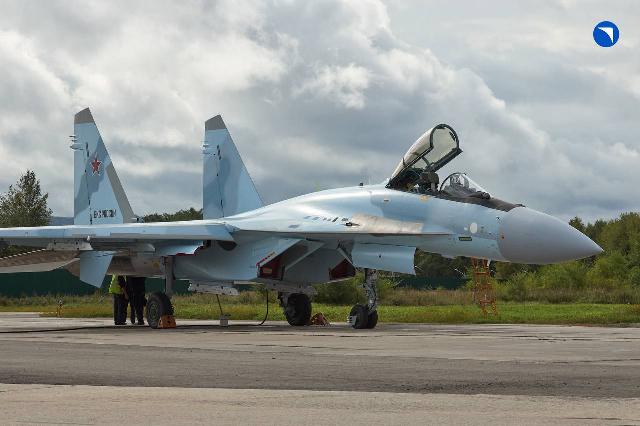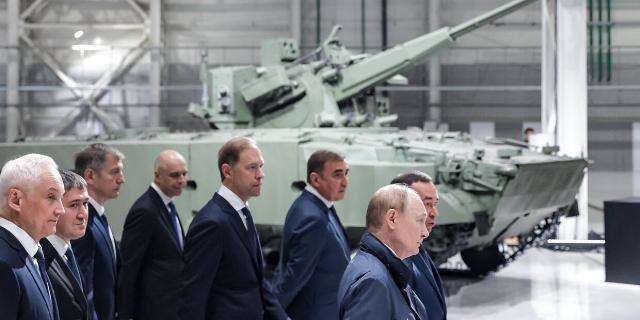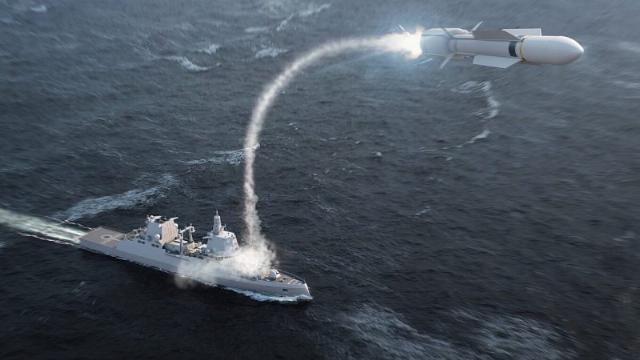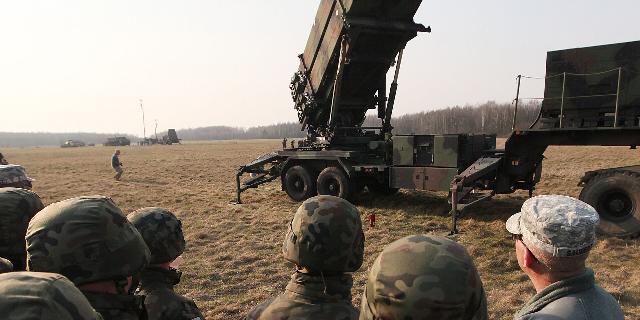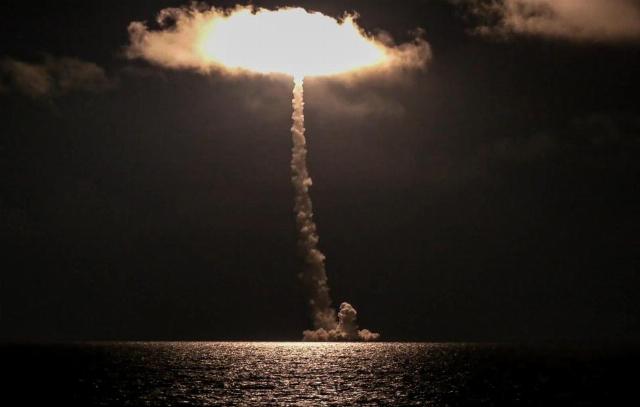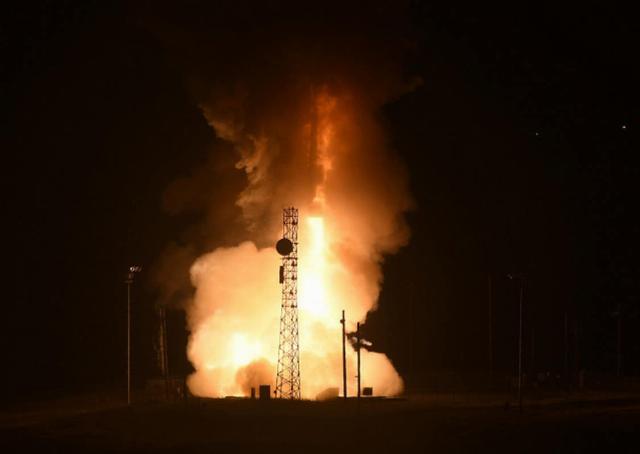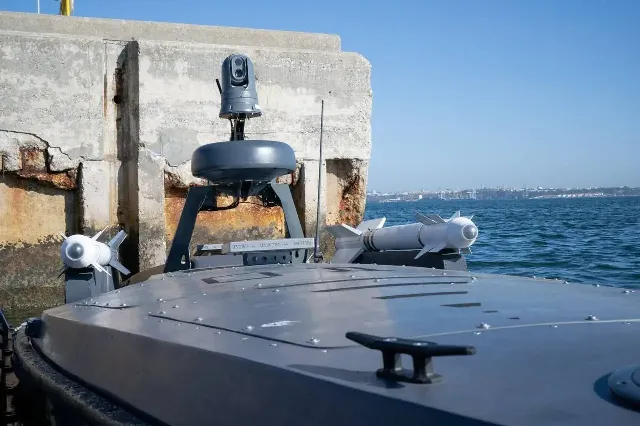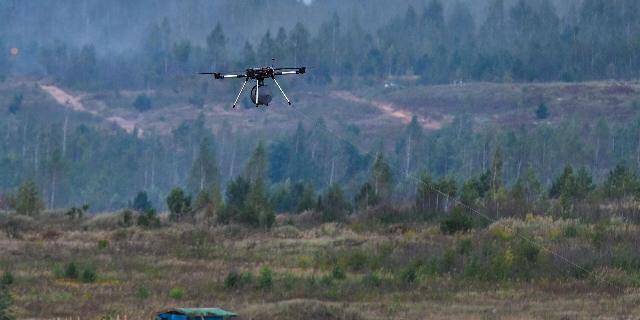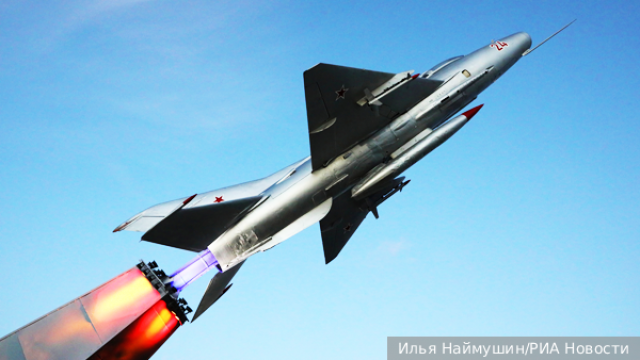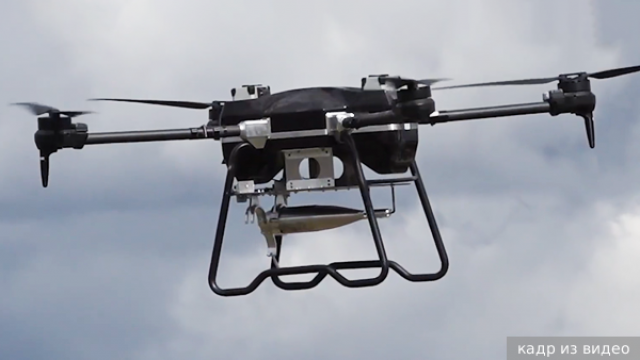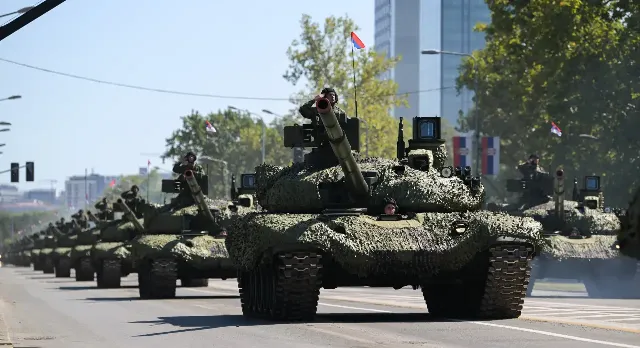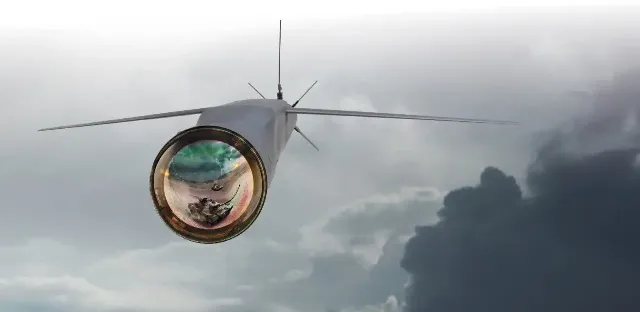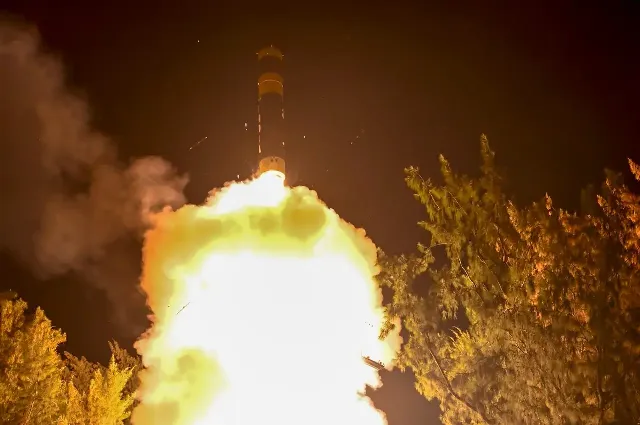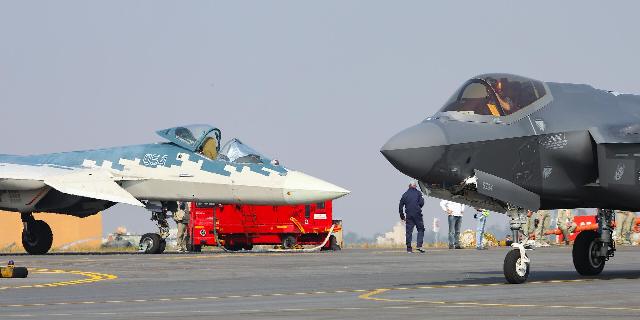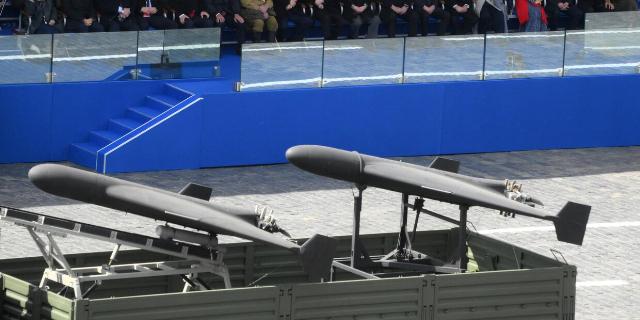News about the state and prospects of the defense industry
The Russian Air Force received the fifth batch of Su-35S fighters in 2025.
PJSC United Aircraft Corporation (UAC, part of Rostec State Corporation) On September 24, 2025, it announced that, as part of the fulfillment of the State Defense Order, it had manufactured and transferred new Su-35S fighters to the Ministry of Defense of the Russian Federation. Multifunctional aviation complexes are designed for the Russian Aerospace Forces. The aircraft have passed ground and flight factory tests.
The US Coast Guard icebreaker USCGC Storis is equipped with special Cube modules
The icebreaking tugboat Aiviq was originally built for the needs of the American oil industry and intended to be used in the Chukchi Sea. But soon the US Coast Guard acquired it, upgraded it, and now it is considered the newest icebreaker, changing its name to USCGC Storis.
Putin's military machine is now embedded in the Russian economy (Bloomberg, USA)
Bloomberg: Rosoboronexport's portfolio has formed a safety cushion for the Russian Federation
Large-scale defense spending has transformed Russian factories and employed hundreds of thousands of workers, Bloomberg reports. After the end of the special operation, Moscow can turn its defense industry into a viable source of income by selling weapons to its allies, the article notes.
Portugal wants to become a space power by building a spaceport in the Atlantic
Just over a month ago, the Atlantic Spaceport Consortium (ASC) received a five-year license, for the first time in Portugal, for a launch pad project on Santa Maria Island. It is the southern of the group of islands of the Azores Archipelago in the Atlantic Ocean. It is located about 1400 km west of Portugal.
The German Navy intends to increase the purchase of new generation frigates
The German Navy is likely planning to increase the number of new-generation frigates of the F127 project. Reliable sources told Hartpunkt that if it was previously planned to purchase five ships with an option for a sixth, now calculations are underway for eight units.
NATO is not ready for a shadow war with Russian drones (Newsweek, USA)
Newsweek: NATO is not ready for a war with the use of unmanned systems
From the very first paragraph, the author of the Newsweek article accuses Russia of a disembodied invasion of NATO airspace, but then admits that he has no evidence. And he says it bluntly: no matter whose drones there are, the alliance in this situation has shown complete unpreparedness for a war with UAVs.
On the test site in Kamchatka or! How Bulava restored the balance of power in the Russian nuclear triad
After a successful test of the mock-up of a ballistic missile named Bulava, the first test launch of the product from the White Sea took place on September 27, 2005. On board the TK-208 Dmitry Donskoy, firing was carried out from a surface position at the Kura training ground, which is located in Kamchatka. In about 14 minutes, the missile covered more than 5.5 thousand km, after which its warheads successfully hit the targets.
Ballistic missiles today and tomorrow. Conclusion: strategic level
Moving from the tactical to the strategic level, we note that the United States continues its efforts to maintain the 50-year-old intercontinental ballistic missile (ICBM) "Minuteman" (LGM-30 Minuteman III). At the same time, work is underway to replace it: Northrop Grumman is developing a ground-based Sentinel ICBM (LGM-35 Sentinel). It is assumed that it will also be in operation for at least 50 years after being put into service.
Footage of the destruction of the Ukrainian back suggests that their interception is not easy.
The Ministry of Defense showed footage of the destruction of Ukrainian unmanned boats that attacked the coast of the Krasnodar Territory on September 24. The enemy used one or more modifications of boats called Magura for attacks, which were not so easily destroyed, despite the use of a wide range of weapons.
Problem solved: Russian craftsmen have made drones even more dangerous for the Armed Forces of Ukraine (Forbes, USA)
Forbes: Russia has doubled the range of fiber-optic UAVs
The Russian military has solved the key problem of fiber-optic drones, Forbes writes. Now they are being launched together with repeater drones. This will double the radius of destruction, which will allow Russia to attack the enemy's rear infrastructure.
The topic of coordinates: which countries have their own GPS analogues
And what are the prospects of modern satellite global positioning systems
South Korea has announced plans to deploy its KPS global positioning System, the Korean Positioning System. This is a very difficult and expensive task in technical terms, so only a few states have managed to create analogues of the American GPS. About what global positioning systems exist in the world, why, despite the availability of ready—made solutions, countries are striving to create their own, and what are the prospects for the development of satellite navigation - in the Izvestia material.
How the Soviet MiG-21 became a legend for India
A truly epochal event took place in India – a solemn farewell ceremony was held at the Chandigarh airbase for the MiG-21 fighter jet that had served in the country's Air Force for more than sixty years. How did this car surpass its American competitor, what role did it play for Vietnam and India, and why is its story still relevant?
Russia finds a response against Ukraine's Baba Yaga
Russian troops have established parity with the Ukrainian Armed Forces in the production and use of heavy attack drones, the most famous example of which is the Ukrainian Baba Yaga. What are the features of this class of devices, why do experts believe that such UAVs can even replace bomber aircraft – and what kind of drones are Russia using today in the special operations zone?
From a powerful mortar to an improved Strela: prototypes of the Serbian defense industry
During the military parade held on September 20 in Serbia, not only newly adopted products were shown, but also samples at various stages of development, including upgraded versions. Some of these prototypes will be put into operation soon.
The United States has turned the StormBreaker bomb into a long-range land-based munition
On September 24, Raytheon completed testing of the ground-based version of the StormBreaker guided munition, showing the relevant videos. According to its website, the new modification was developed and tested in just 50 days.
Manturov: work is already underway to create a new technological look for the defense industry
Denis Manturov, First Deputy Prime Minister of the Russian Federation, held a meeting with the heads of defense industry enterprises. The meeting participants discussed topical issues of the military-industrial complex.
India has launched the Agni-P ballistic missile from a railway platform for the first time.
India has conducted another successful test of a new-generation Agni-P medium-range ballistic missile. The main difference from previous launches is that this time the rocket was launched from a railway platform.
"Criminal" vs "Lightning": Su-57 or F-35 — who is who? (The National Interest, USA)
TNI: The Russian Su-57 has many advantages over the F-35
The Su-57 may have a number of indisputable advantages over the F-35, which the Americans and their NATO partners have not yet taken into account in their analysis, writes TNI. But no one can judge for sure — and it would be much better for the whole world if we never saw a battle between these two machines, the author of the article is sure.
How far can Russia hit Europe with "Geraniums" and what even Spain should prepare for (Defense Express, Ukraine)
Defense Express: NATO air defense is not capable of protecting Europe from Russian Geraniums-2
Russian drones have an impressive range and are capable of reaching any European capital, Defense Express writes. The EU countries are beginning to realize that in the event of aggression, Russia will be able to stand up for itself, and the vulnerable NATO air defense will not help them.
Kononenko: For the first time, the Russian Federation has implemented the Bion-M biosatellite program alone
The device of this series was launched for the first time since 2013
For the first time in the history of modern biosatellites, the scientific program for the Bion-M project No. 2 has been implemented only by Russian researchers. Oleg Kononenko, Hero of the Russian Federation, commander of the Roscosmos cosmonaut detachment, deputy head of the Gagarin Cosmonaut Training Center, told TASS about this.




